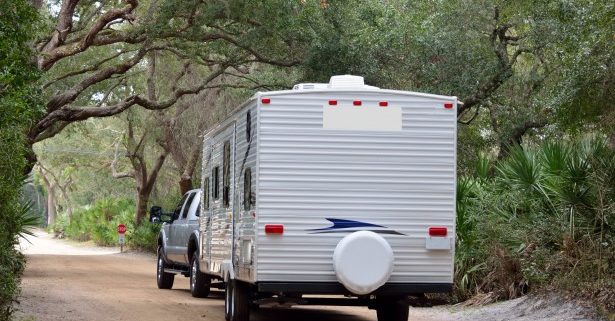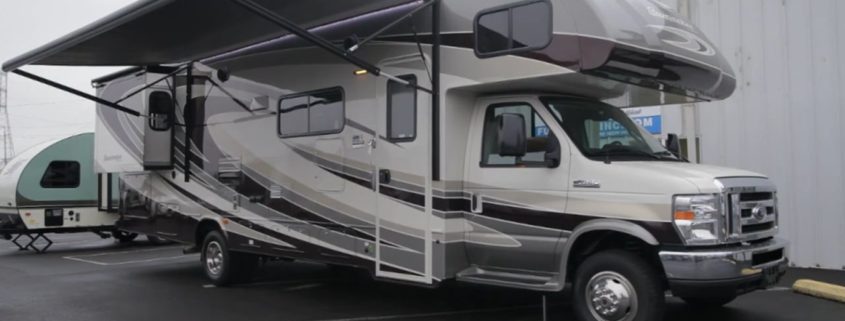South Dakota: The 5 Safest Cities
The 5 Safest Cities to Live In South Dakota
According to data from the latest FBI Crime Report, the possibility of being a victim of crime in South Dakota’s five most secured cities is exceptionally minimal, as a matter of fact, no city on this list recorded above 25 crimes in 2015. Checking the data more deeply, it was clear that these cities recorded less than five crimes for every 1,000 residents, while about 29 crimes transpired per 1,000 people nationally within this period.
All over the state’s five safest cities only 19 violent crimes, were reported with just a single murder, and two cities reported absolutely no cases of violent crime completely. The nominal property crime rate among these cities is just as low. On the whole, the five Safest Cities in South Dakota mentioned just fifty-seven property crimes. Out of all, only eight were burglaries. The second Safest City reported none. The number of reported break-ins is particularly low seeing that the safest cities represent an overall total of almost 20,000 citizens.
While South Dakota’s statewide crime rate is relatively lower than the nationwide average, it’s nonetheless important to take a precautionary approach to personal and home safety irrespective of where you live in the state. Check the state’s safety Directory for vital resources—from crime prevention ideas to a map of the state’s most and least burglarized counties.
How the Safest Cities in South Dakota were chosen
To determine the safest cities in South Dakota, the latest FBI Crime Report statistics from 2015, were evaluated together with population data. All cities with less than 2,000 residents were removed along with cities that did not to submit a detailed crime report to the FBI.
From there the remaining cities were evaluated. It was refined down according to the number of reported violent crimes and property crimes in each city. To level the playing field even more, the chances of these crimes taking place out of 1,000 total people in each city – were figured out.
- Brandon
Violent Crimes per 1,000: 0.00
Property Crimes per 1,000: 2.50
- Sisseton
Violent Crimes per 1,000: 2.02
Property Crimes per 1,000: 1.21
- Summerset
Violent Crimes per 1,000: 0.00
Property Crimes per 1,000: 4.56
- Lennox
Violent Crimes per 1,000: 2.61
Property Crimes per 1,000: 2.17
- Winner
Violent Crimes per 1,000: 2.81
Property Crimes per 1,000: 4.92










